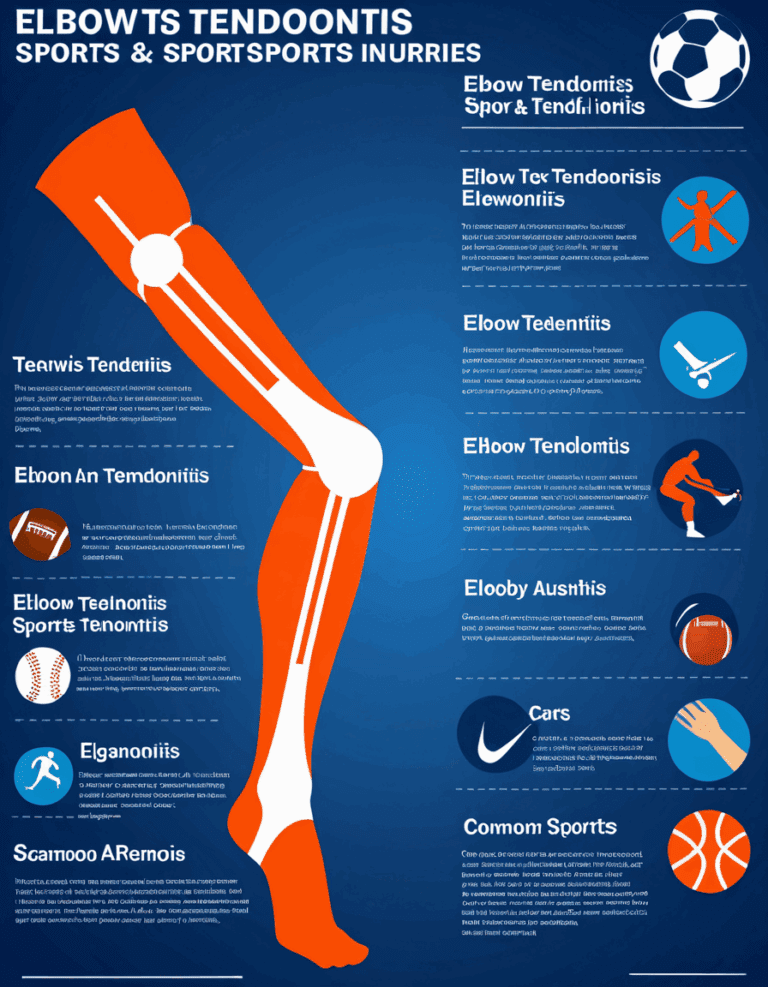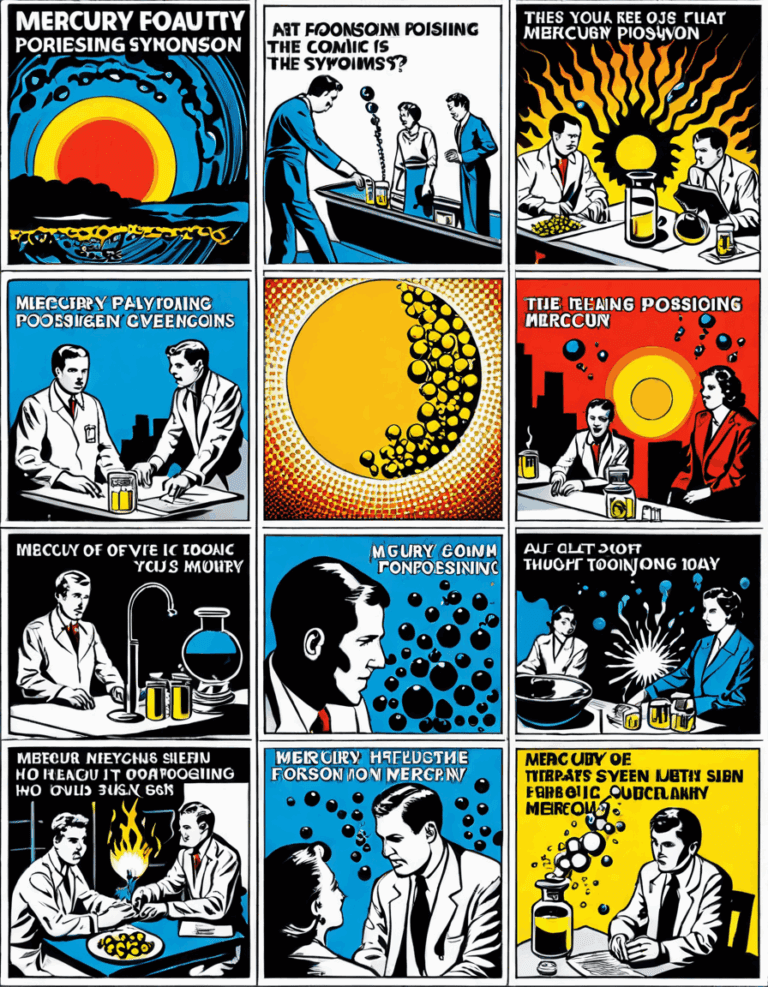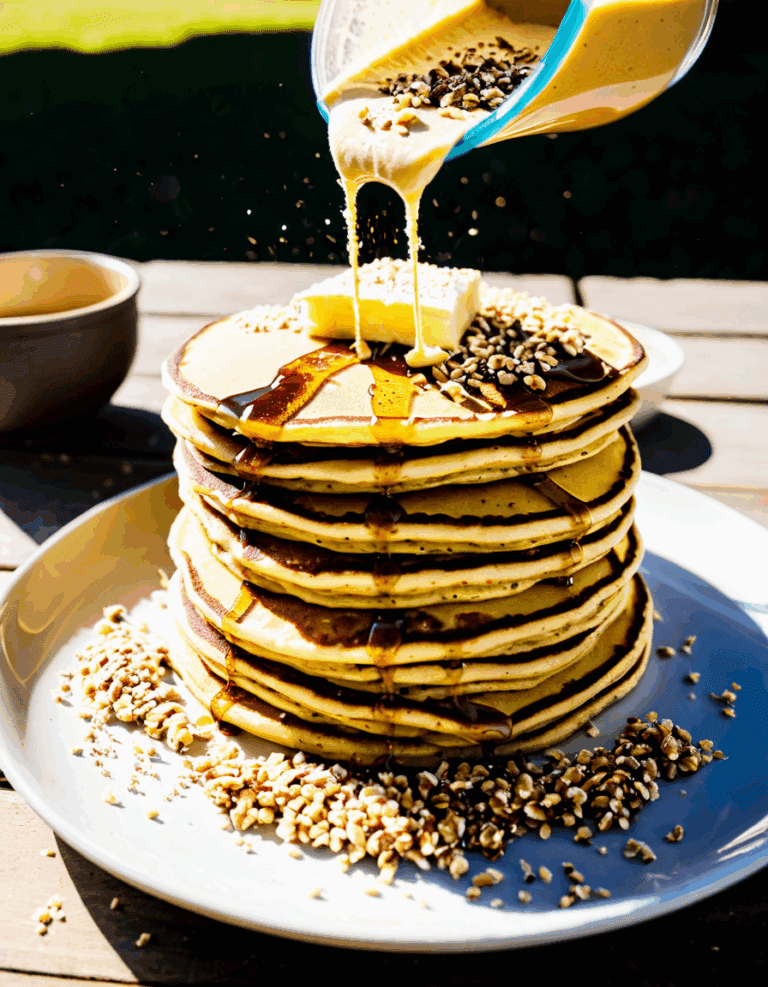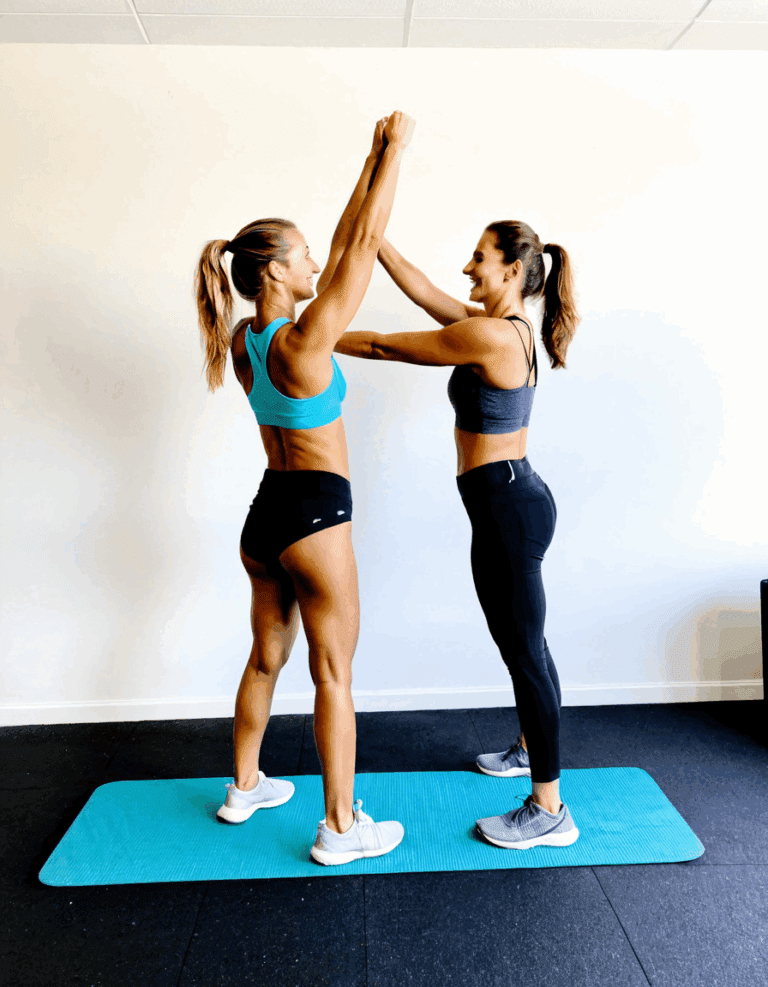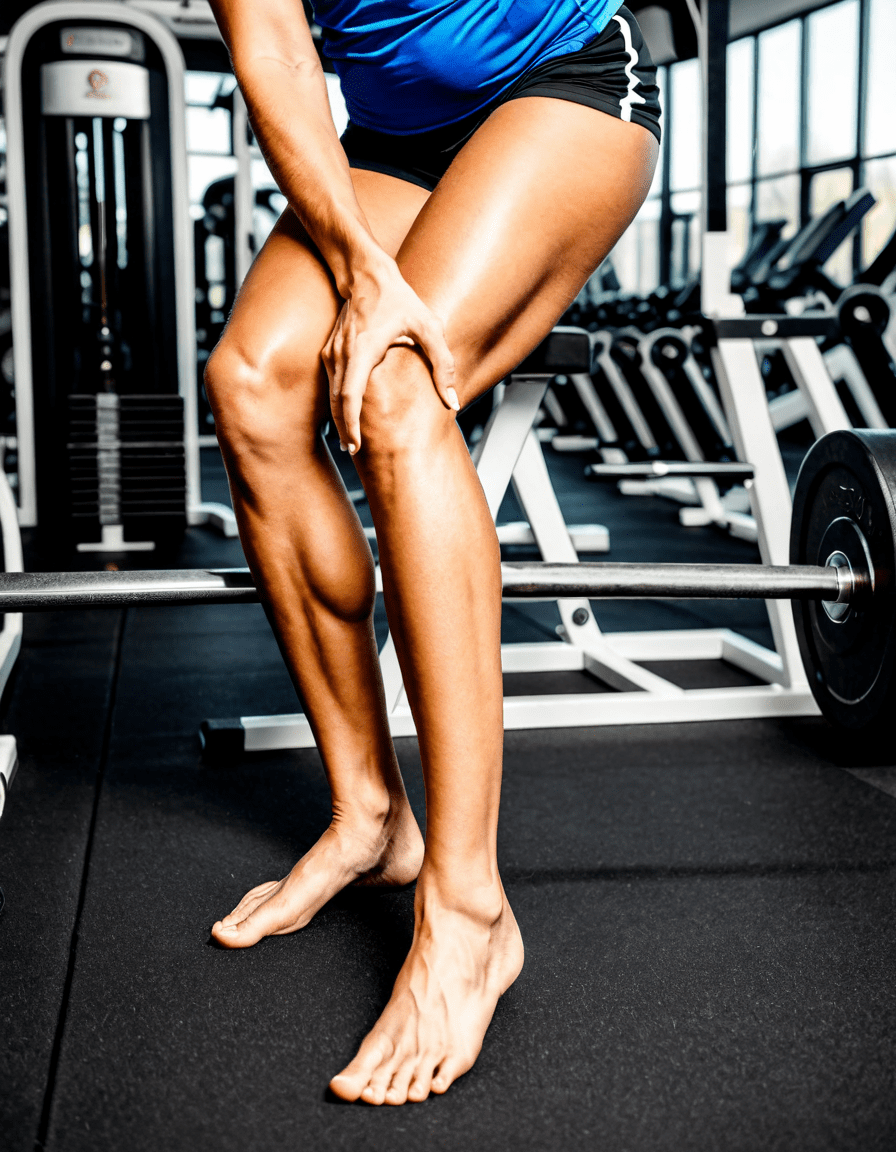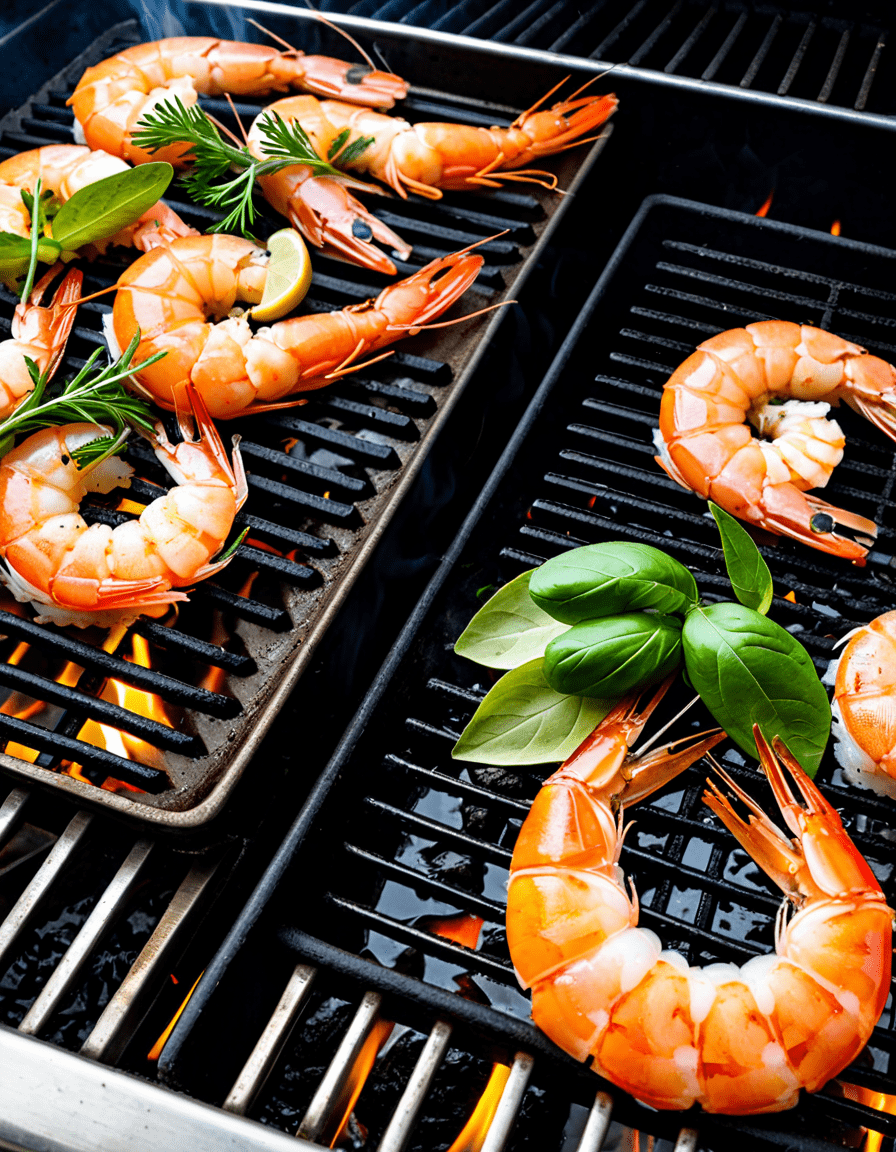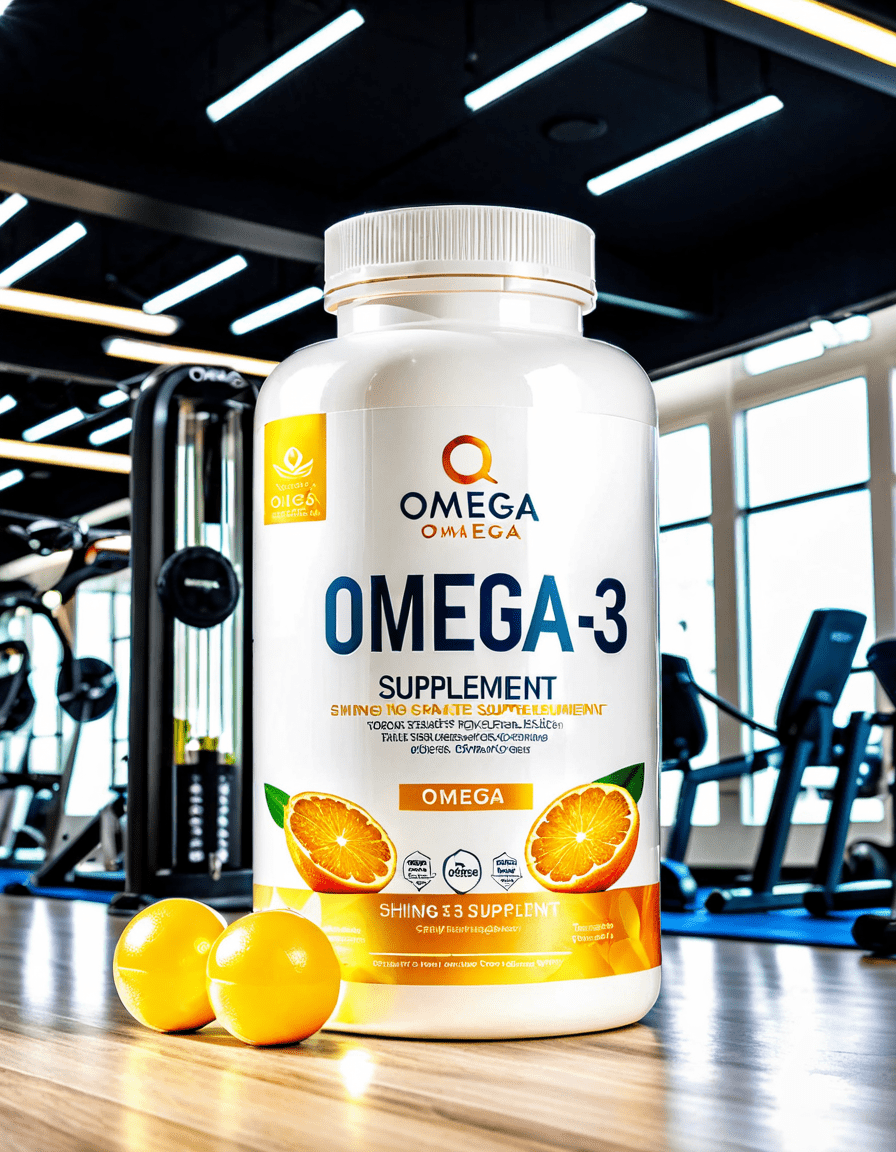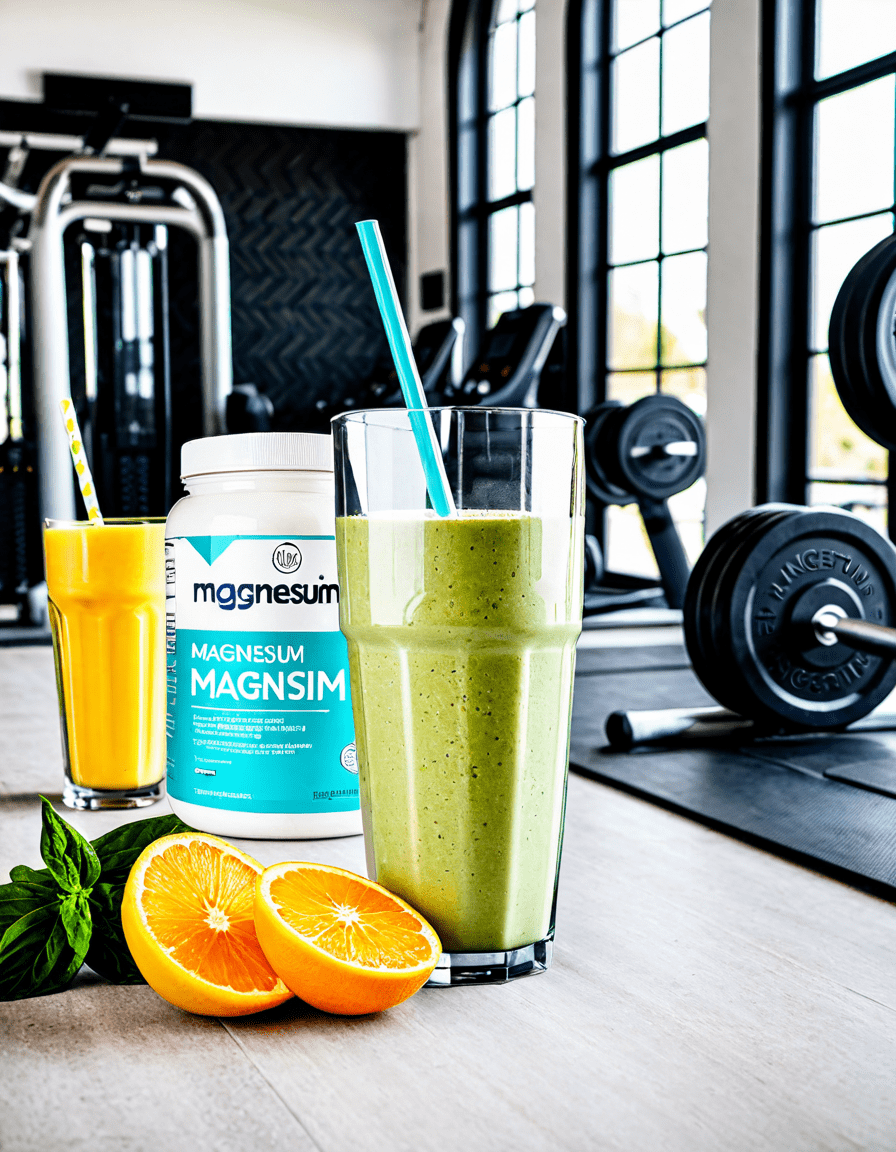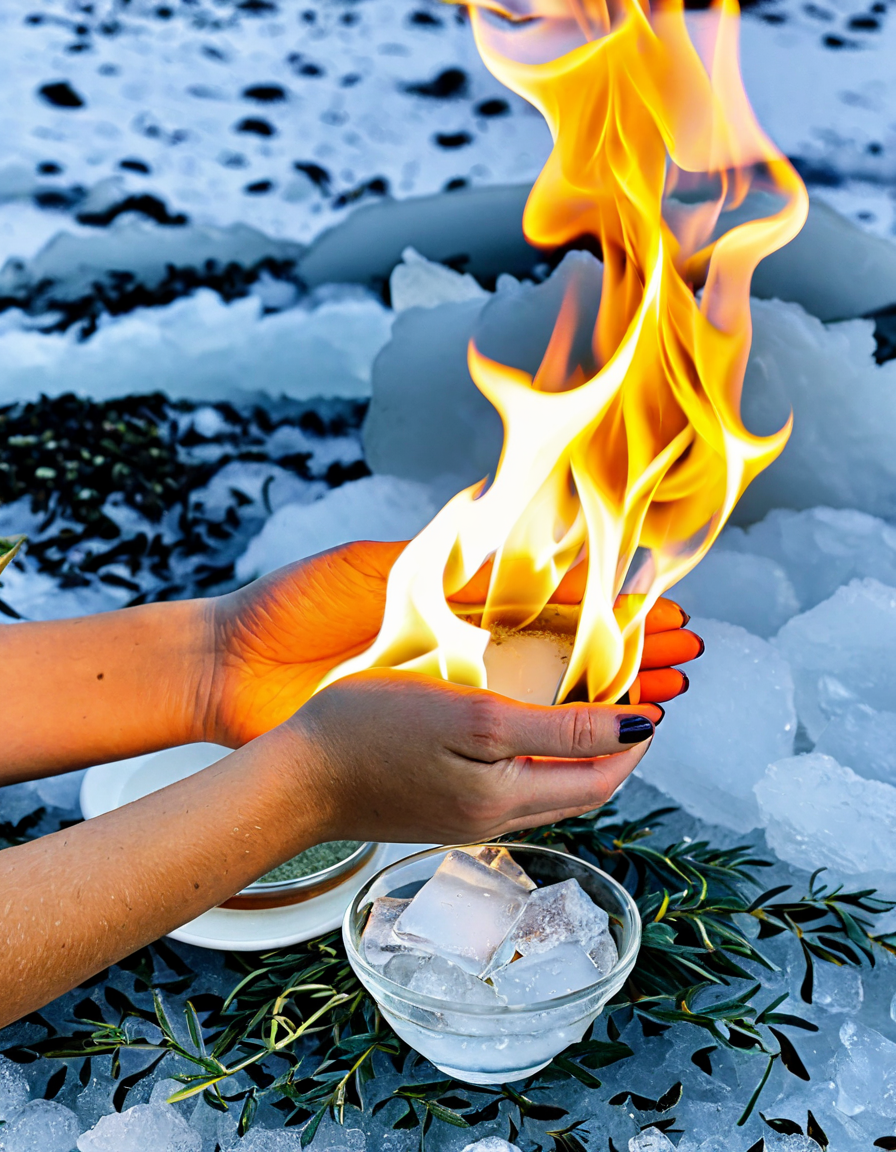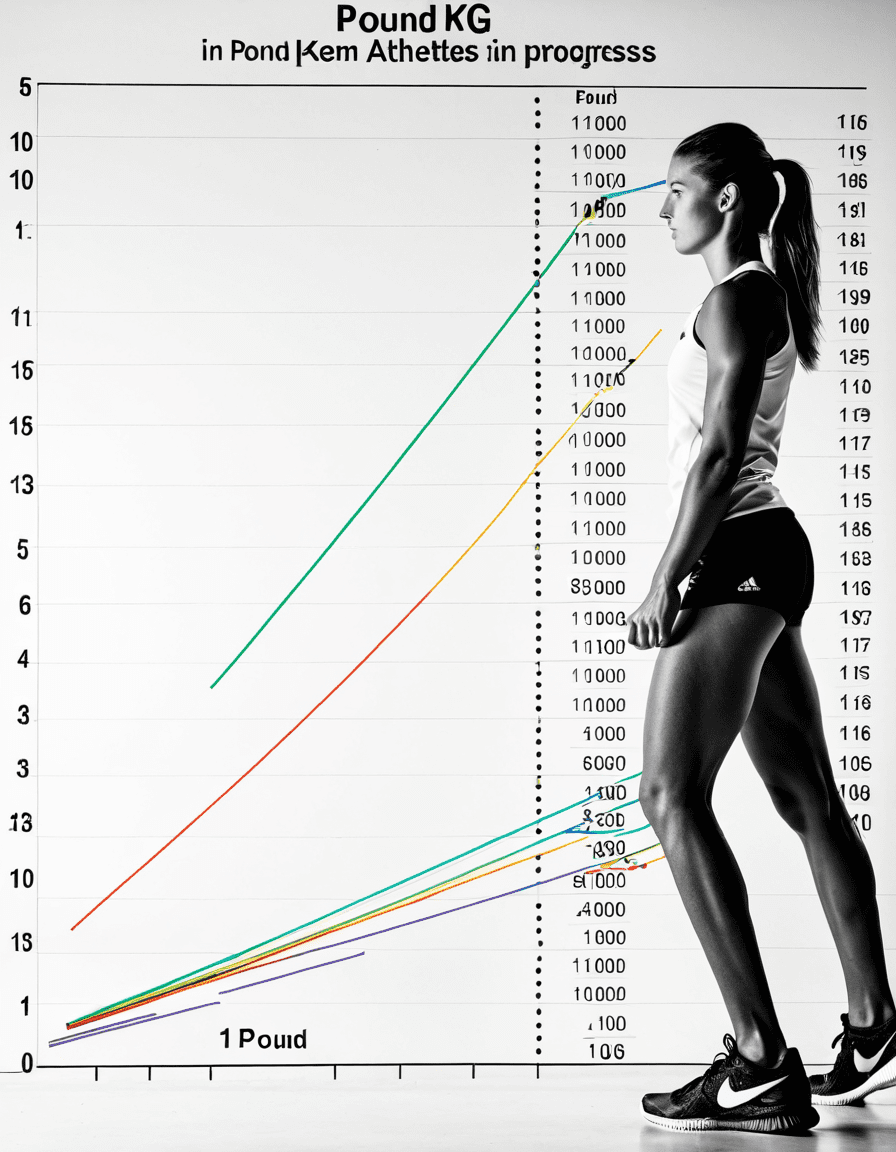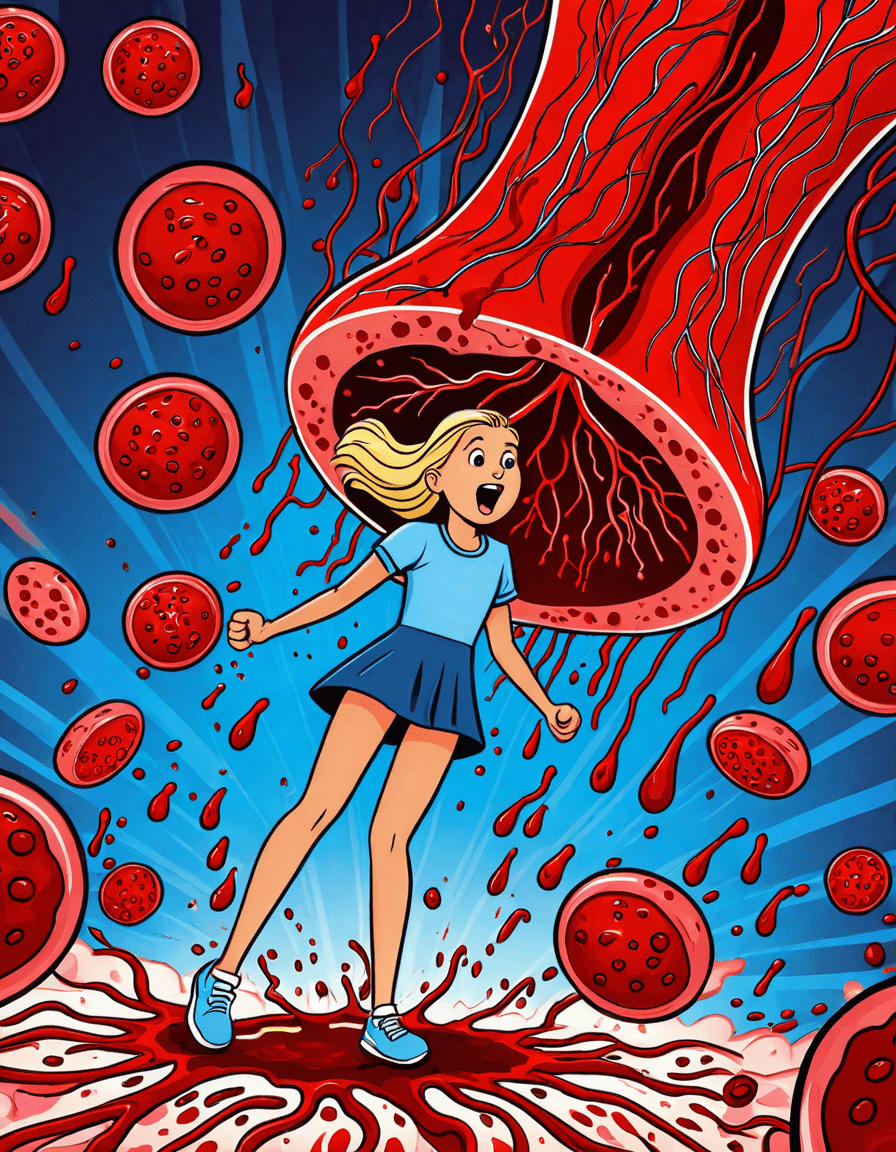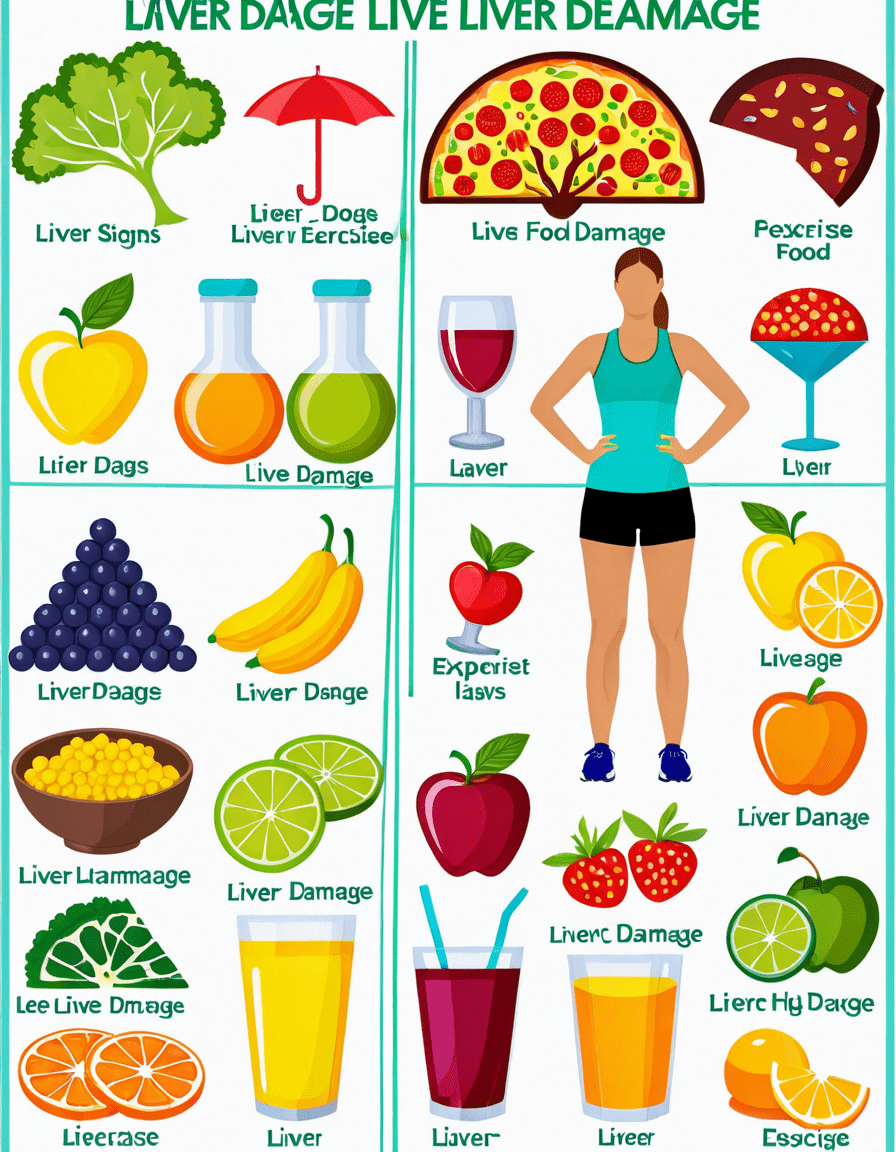Patellar tendinopathy, often referred to as jumper’s knee, can throw a wrench in your fitness game. It affects many athletes and active individuals, causing pain and impacting movement. This pesky condition stems from the breakdown of the patellar tendon, leading to excruciating discomfort, primarily around the knee. By digging deeper into what patellar tendinopathy truly entails, anyone from athletes to coaches can pick up strategies for prevention and recovery.
So, let’s get down and dirty with the details and give you the knowledge to tackle this challenge head-on, just like Arnold Schwarzenegger would in training. You don’t have to let this condition hold you back from achieving those ripped six-pack abs or that stunning physique you’re aiming for!
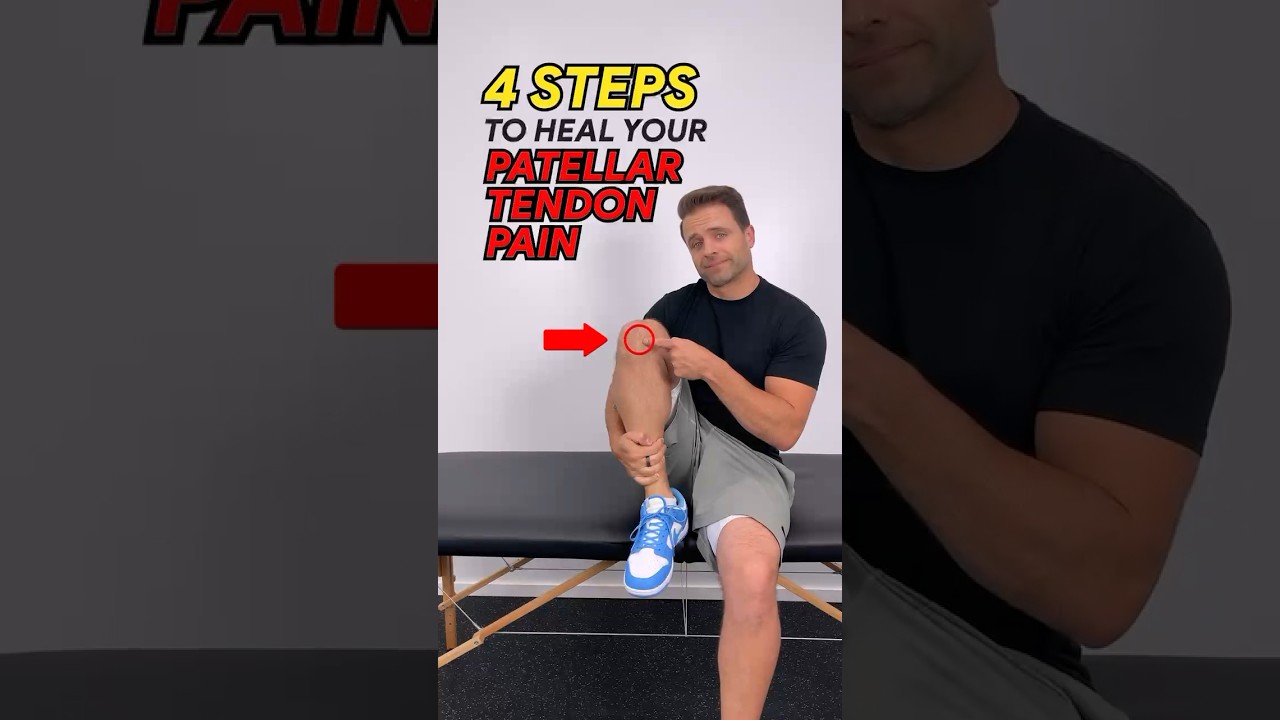
Top 7 Signs and Symptoms of Patellar Tendinopathy
Patellar tendinopathy comes with its own set of telltale signs. Identifying these early can make all the difference in how you respond. Here’s a rundown of the most common symptoms to watch out for:
By recognizing these symptoms, you’ll stand better equipped to take action, whether that’s seeking medical advice, adjusting your training routine, or both!
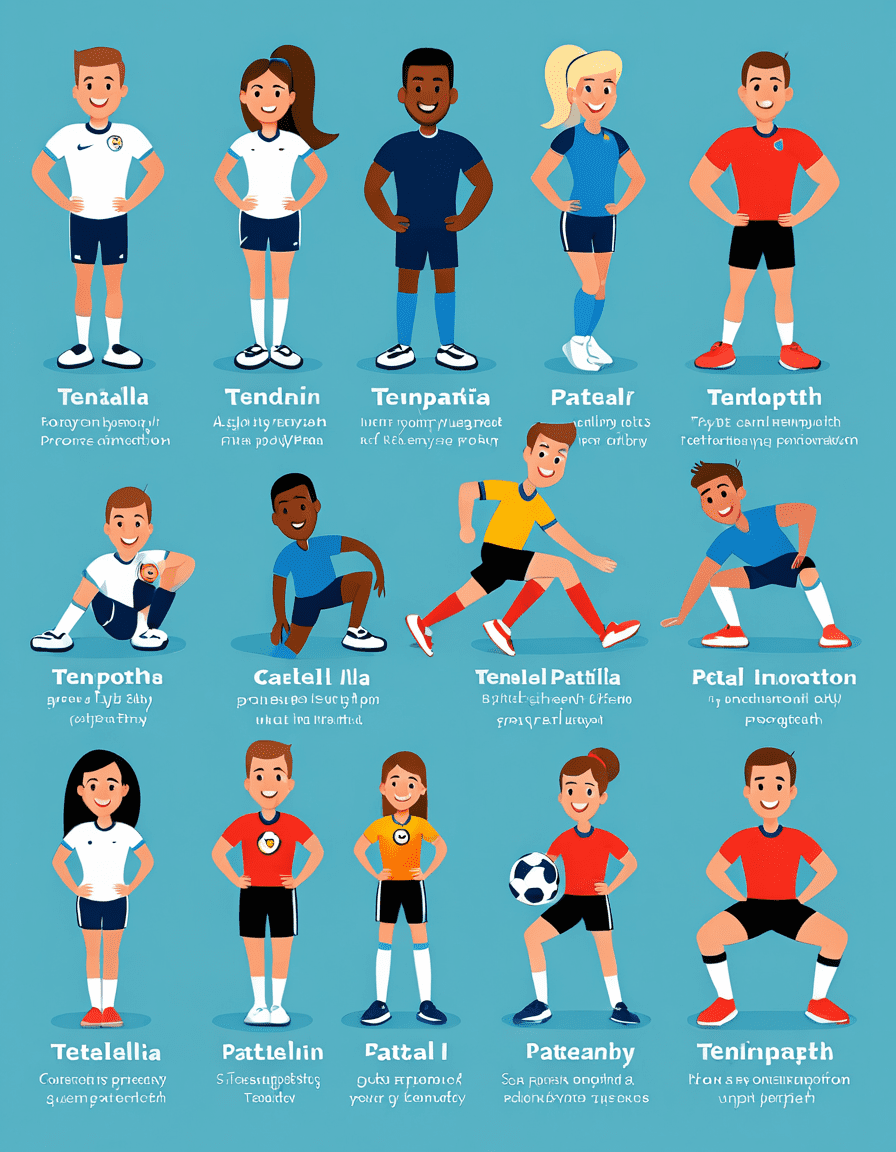
The Pathophysiology of Patellar Tendinopathy: From Overuse to Injury
Grasping how patellar tendinopathy evolves is crucial for athletes. The pain usually stems from overuse injuries that occur when repetitive stress on the tendon surpasses its healing capacity. This is particularly common in explosive sports, such as basketball or volleyball, where the knees take a punishing load.
Degeneration vs. Inflammation
It’s essential to differentiate between patellar tendonitis and patellar tendinopathy. While tendonitis typically indicates inflammation, tendinopathy often involves structural degeneration from chronic stress. Understanding this distinction can pave the way for better treatment strategies. Ensure that recovery measures align with the stage of the condition you’re dealing with.
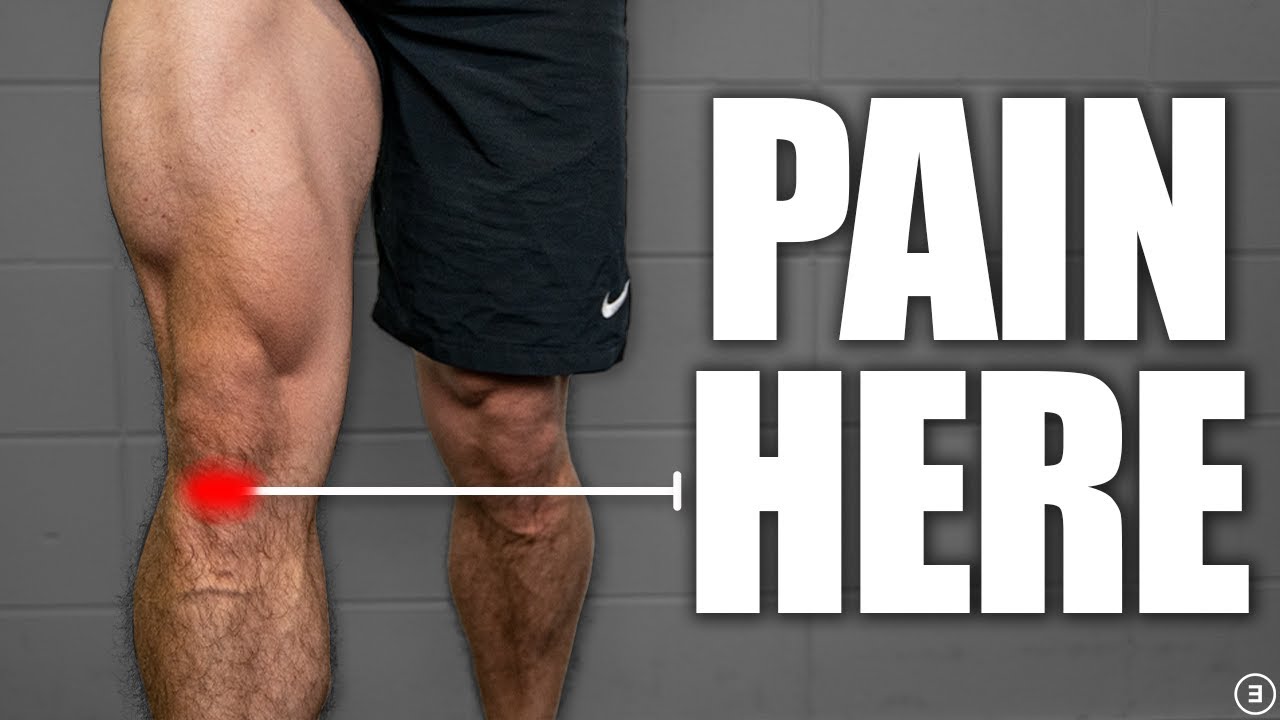
Common Misconceptions: Patellar Tendinopathy vs. Rotator Cuff Tendinitis
Many individuals mistakenly conflate patellar tendinopathy with rotator cuff tendinitis, which affects the shoulder. Both arise from overuse but differ significantly in their manifestation and treatment approaches.
For example, Kevin Durant has faced patellar tendinopathy, while Stephen Curry dealt with rotator cuff woes. Each condition requires distinct strategies, spotlighting the importance of a targeted approach. Knowing the difference can help you engage the most effective treatment and recovery methods.
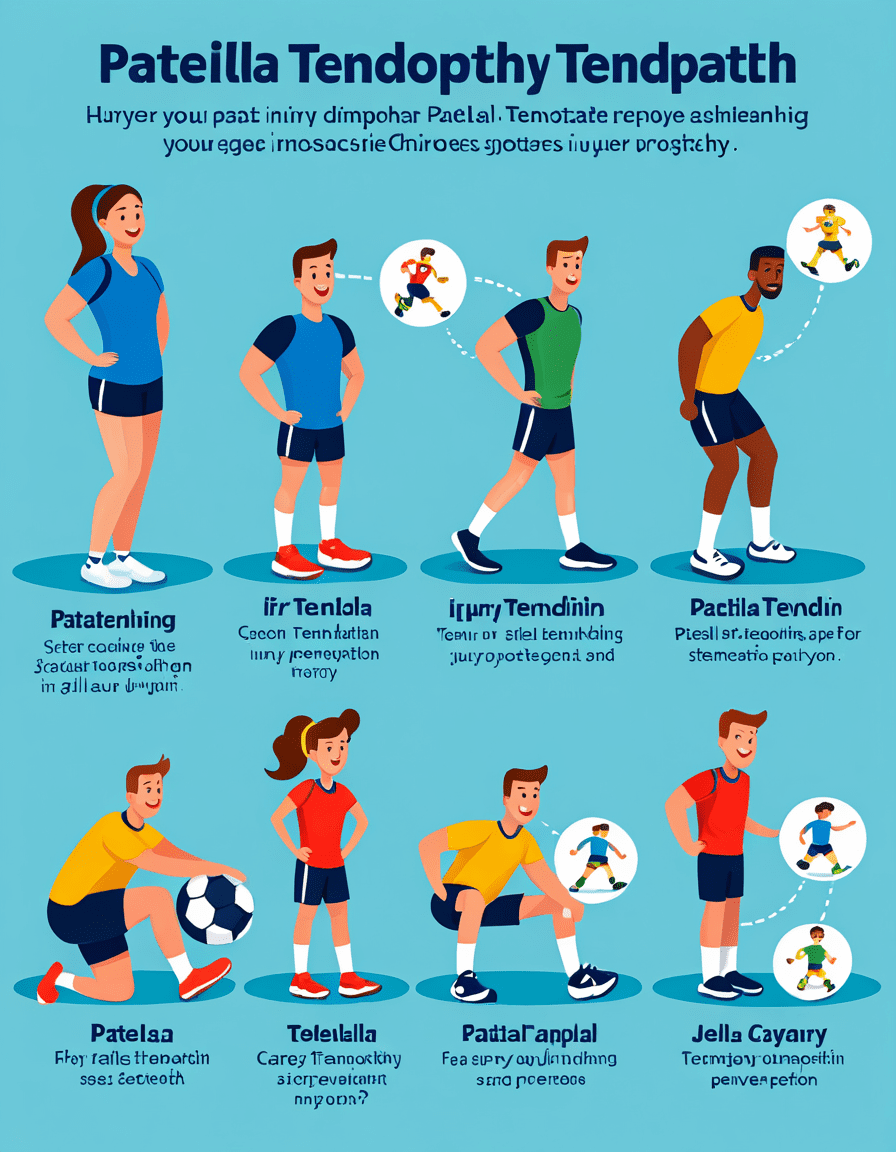
Effective Treatment Strategies for Patellar Tendinopathy
Dealing with patellar tendinopathy can be a bumpy road, but fear not—there are effective strategies to ease the pain and get you back on your feet. Here’s a look at some tried-and-true methods:
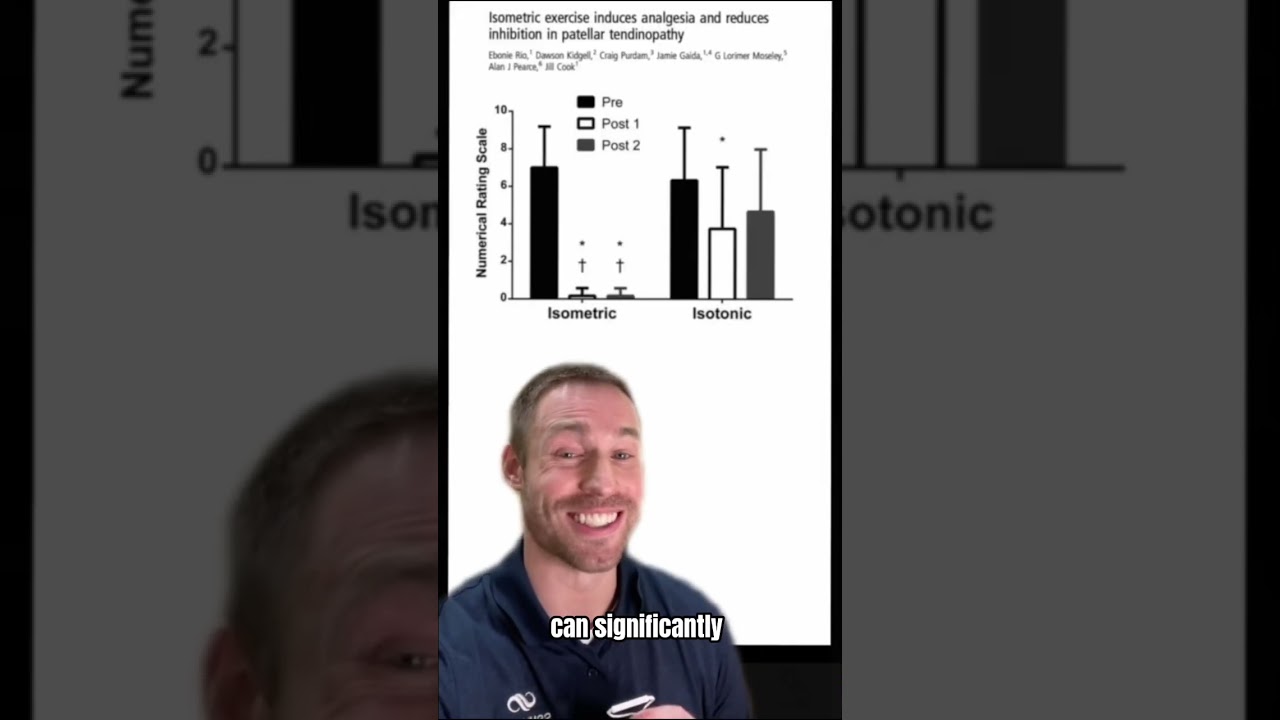
Future Considerations: Research and Innovations in Patellar Tendinopathy Management
The future looks bright for treating patellar tendinopathy, thanks to ongoing advances in research. Emerging therapies such as gene therapy and stem cell treatments hold the promise of reversing damage to tendons. Brands like Hyperice are also at the forefront, innovating recovery tools that speed up healing time and enhance injury resilience.
As we push forward, keeping an eye on these advancements can make all the difference in your recovery journey. Whether you’re an athlete or someone who merely wants to stay active, being informed is crucial to navigating around future pitfalls.
Moving Forward: Living with Patellar Tendinopathy
Living with patellar tendinopathy may indeed require adjustments, but it doesn’t mean you have to sacrifice your active lifestyle. By understanding the condition and implementing effective management strategies, you can reclaim your power. Embrace treatment protocols and seek preventive measures that allow you to move freely and without pain.
Cross-training, being mindful of your activity levels, and leveraging modern recovery tools are key to emerging from this challenge stronger than ever. You might even find that you grow through this experience and come out on the other side better equipped to handle whatever hurdles life, or your workouts, throw your way. Now, get out there and keep pursuing those massive gains! Remember, mastery over your body is a journey, not a destination!
Patellar Tendinopathy: Fun Facts and Engaging Trivia
The Basics of Patellar Tendinopathy
Did you know that “jumper’s knee” is a colloquial term for patellar tendinopathy? This condition often affects athletes engaged in high-impact sports, resulting from repeated stress on the knee’s patellar tendon. While it’s particularly common among basketball players, even recreational athletes can find themselves feeling the pinch. For a bit of light-hearted trivia, have you ever heard of the Zola Registry? It highlights how even elite athletes need to listen to their bodies and take precautions to avoid tendon injuries.
Maintaining a healthy lifestyle is crucial, not just for dodging injuries like patellar tendinopathy, but also for overall health. Speaking of health snacks, did you know that the pistachio plant has an impressive nutritional profile? These little nuts not only fuel your workouts but also contribute to muscle recovery—perfect for anyone looking to bounce back from tendon issues.
Recognizing the Symptoms
Patellar tendinopathy can stir up various discomforts, including a nagging pain that intensifies during activity. Early recognition of these symptoms is essential to prevent long-term damage. Interestingly, did you know that elbow tendonitis shares some common signs? Both conditions stem from overuse, so staying vigilant about your body’s signals can make all the difference.
Also, if you’re looking for a light distraction while resting those weary knees, why not check out the Fruits Basket anime? Watching a show you love can help take your mind off the discomfort, reminding you of the joy outside of sports.
Treatment Tips and Fun Facts
For those battling with patellar tendinopathy, recovery often includes therapy and avoiding aggravating activities. But did you know that the pineapple tree holds enzymes that can aid in reducing inflammation? Incorporating anti-inflammatory foods into your diet can complement your healing process.
Moreover, while certain exercises may be tempting, it’s wise to sidestep strenuous impacts that could worsen your condition. On that note, ever wonder how Kim Fields stays fit? Moderation and intelligent training strategies can teach us a lot about balancing activity and rest, especially while nursing injuries.
In summary, awareness of patellar tendinopathy is vital for both athletes and enthusiasts. The condition may be a pain in the knee, but knowing the facts—like connecting your health with diet or enjoying a good show—can lighten the load as you recover.


